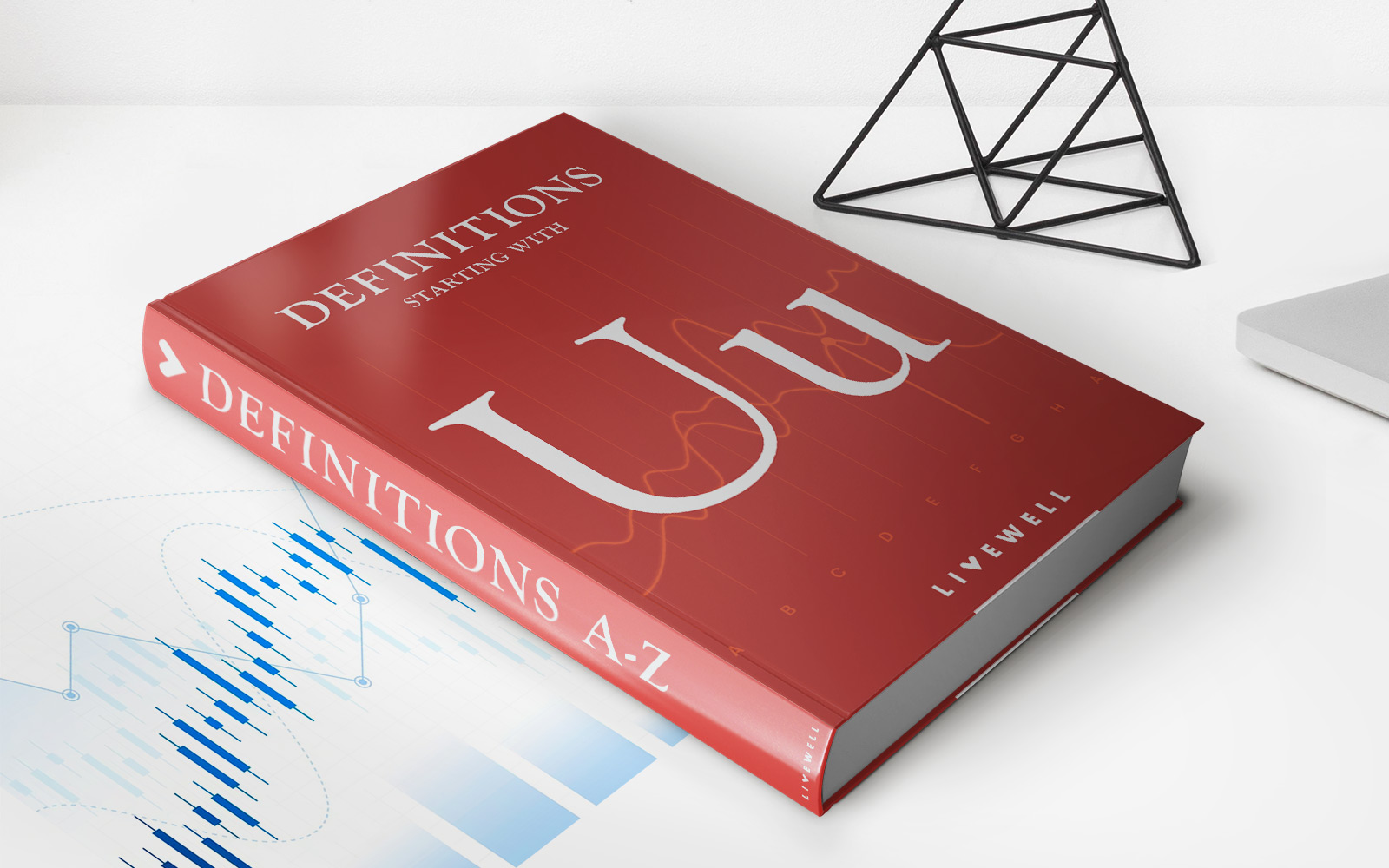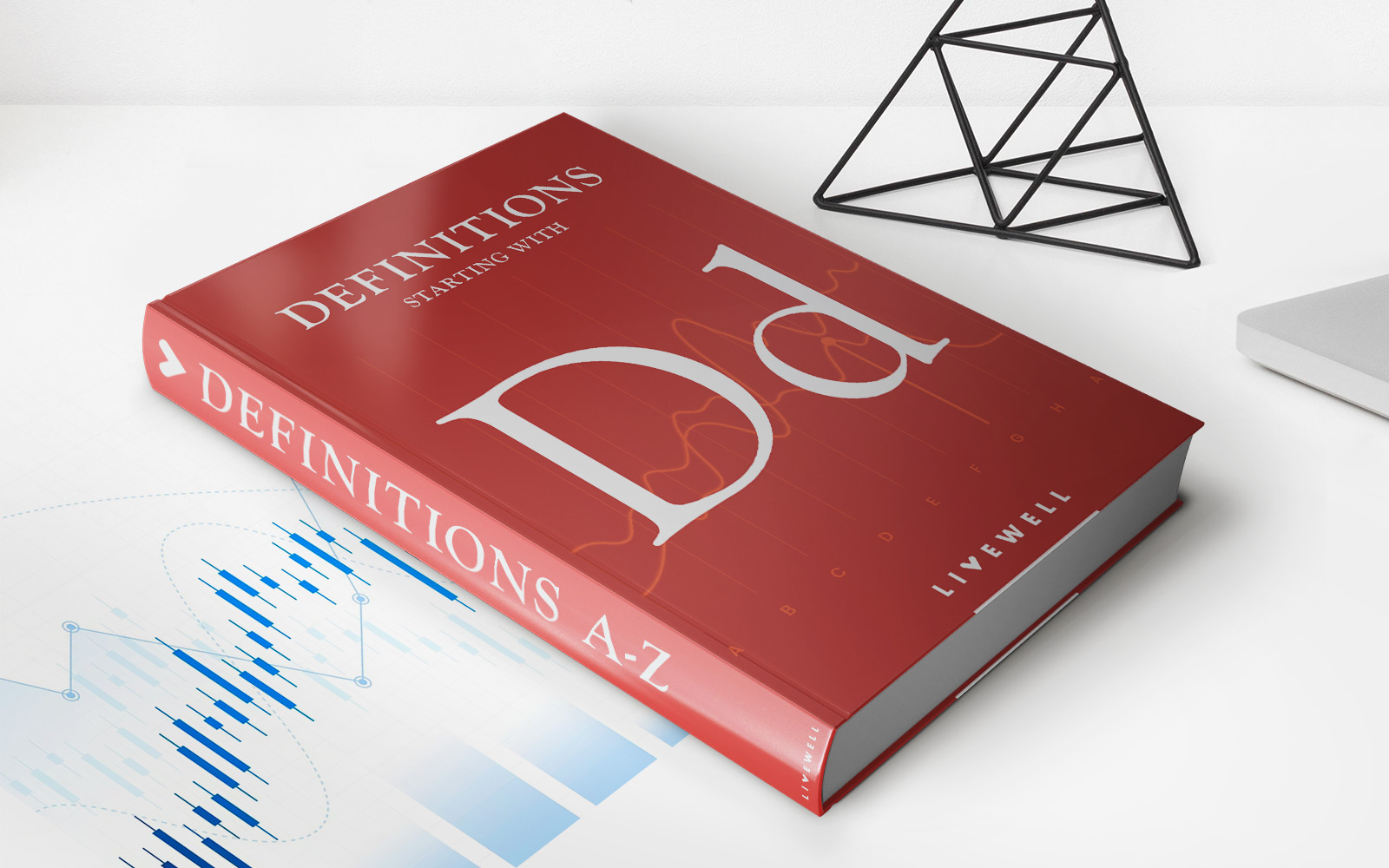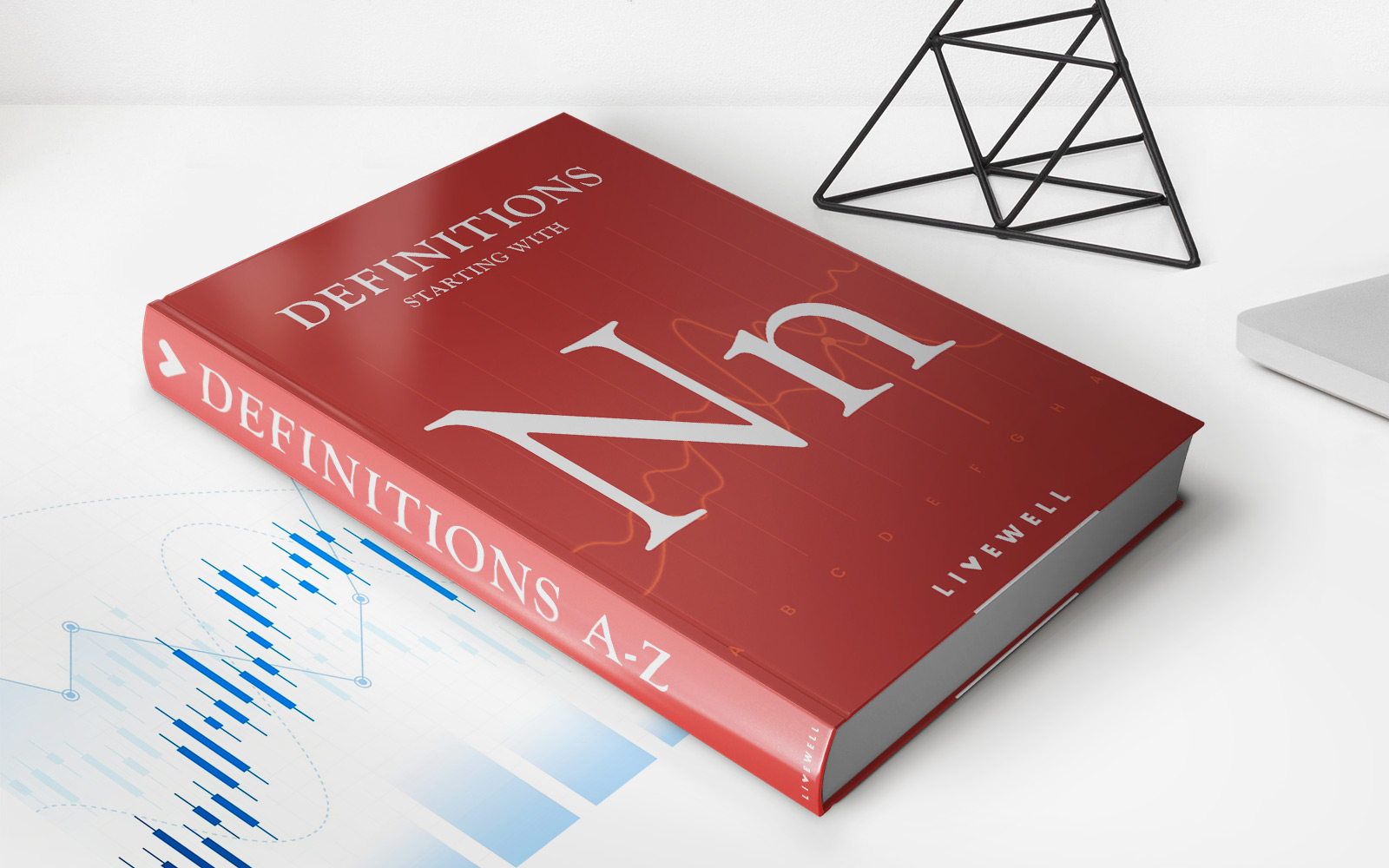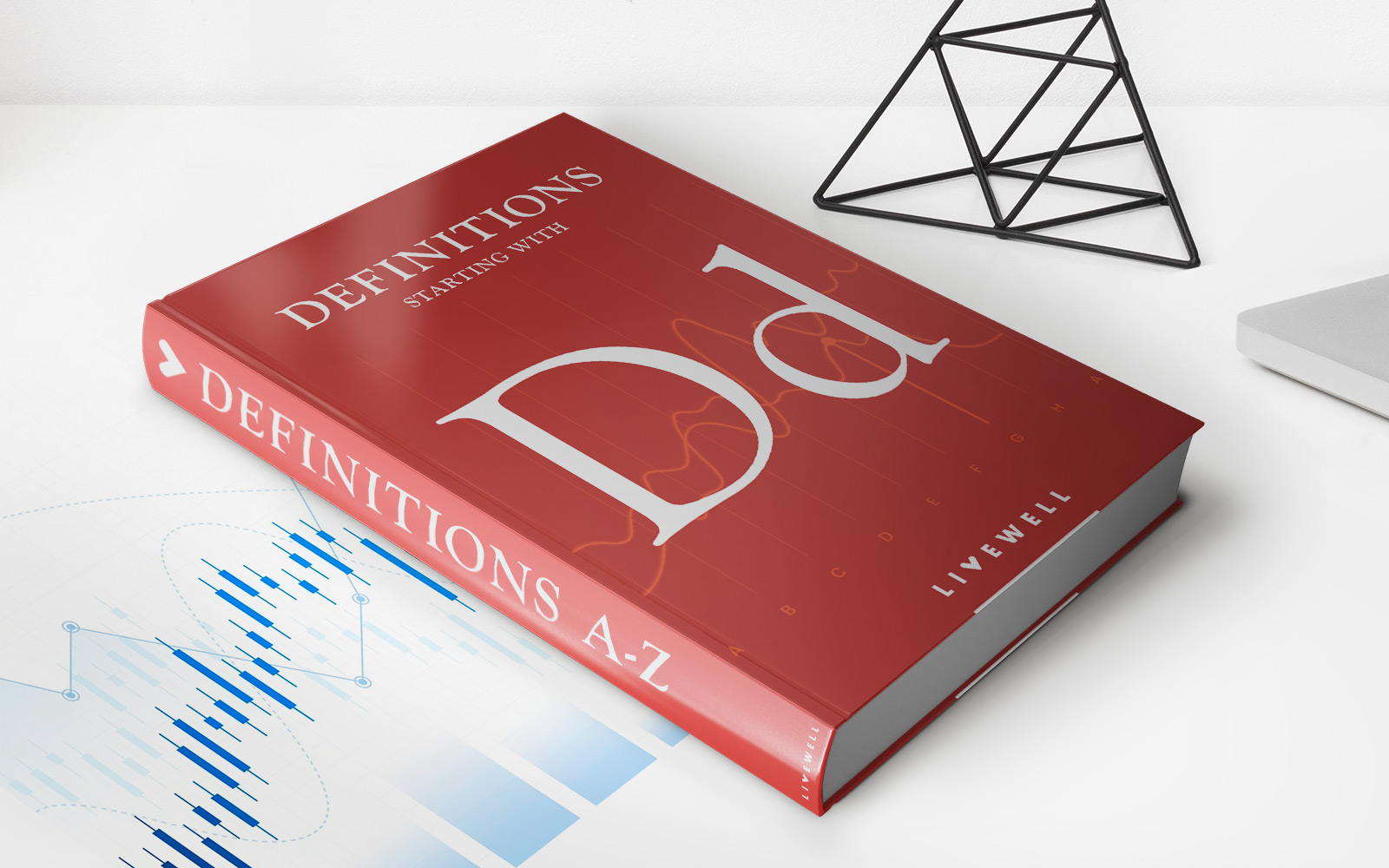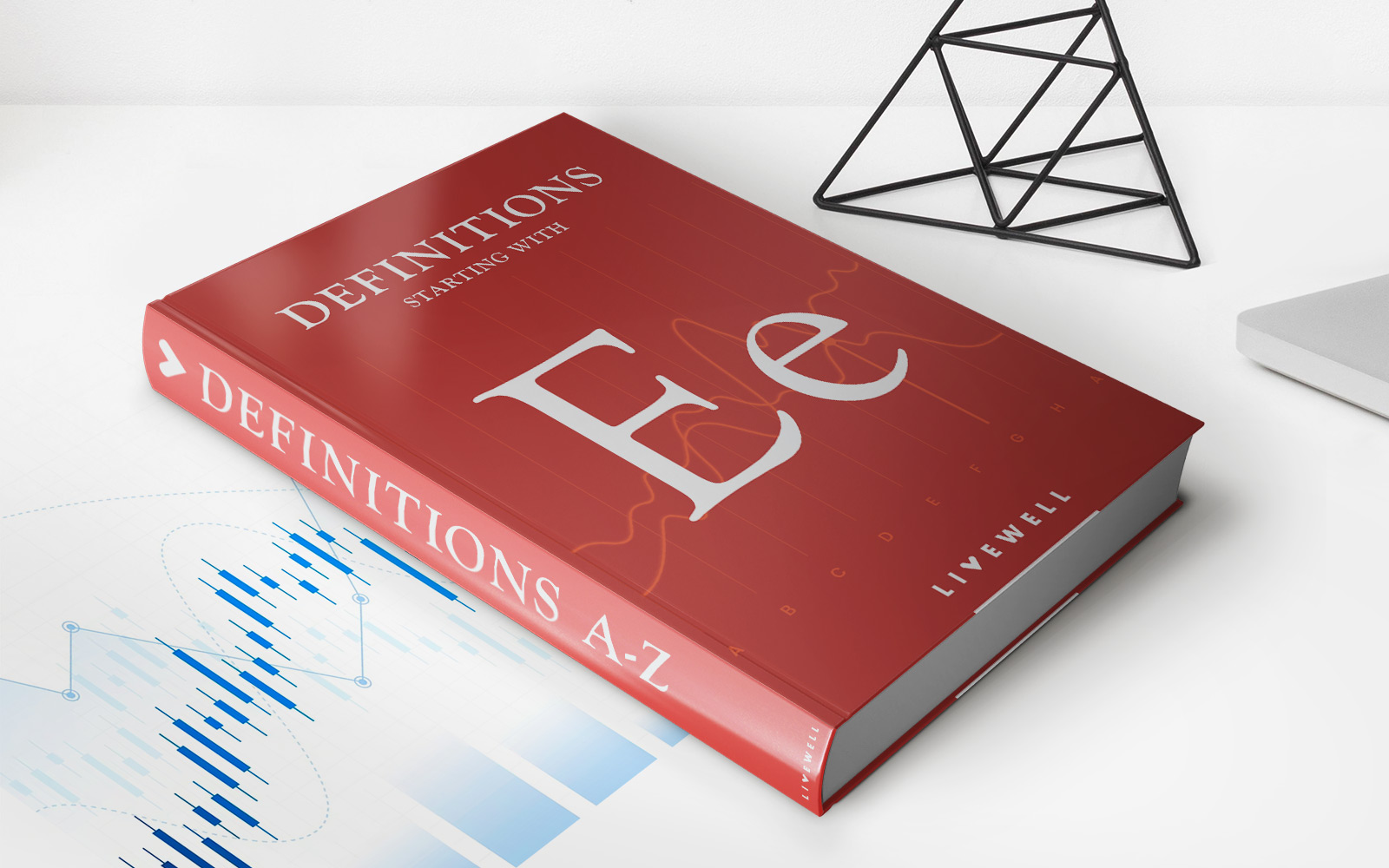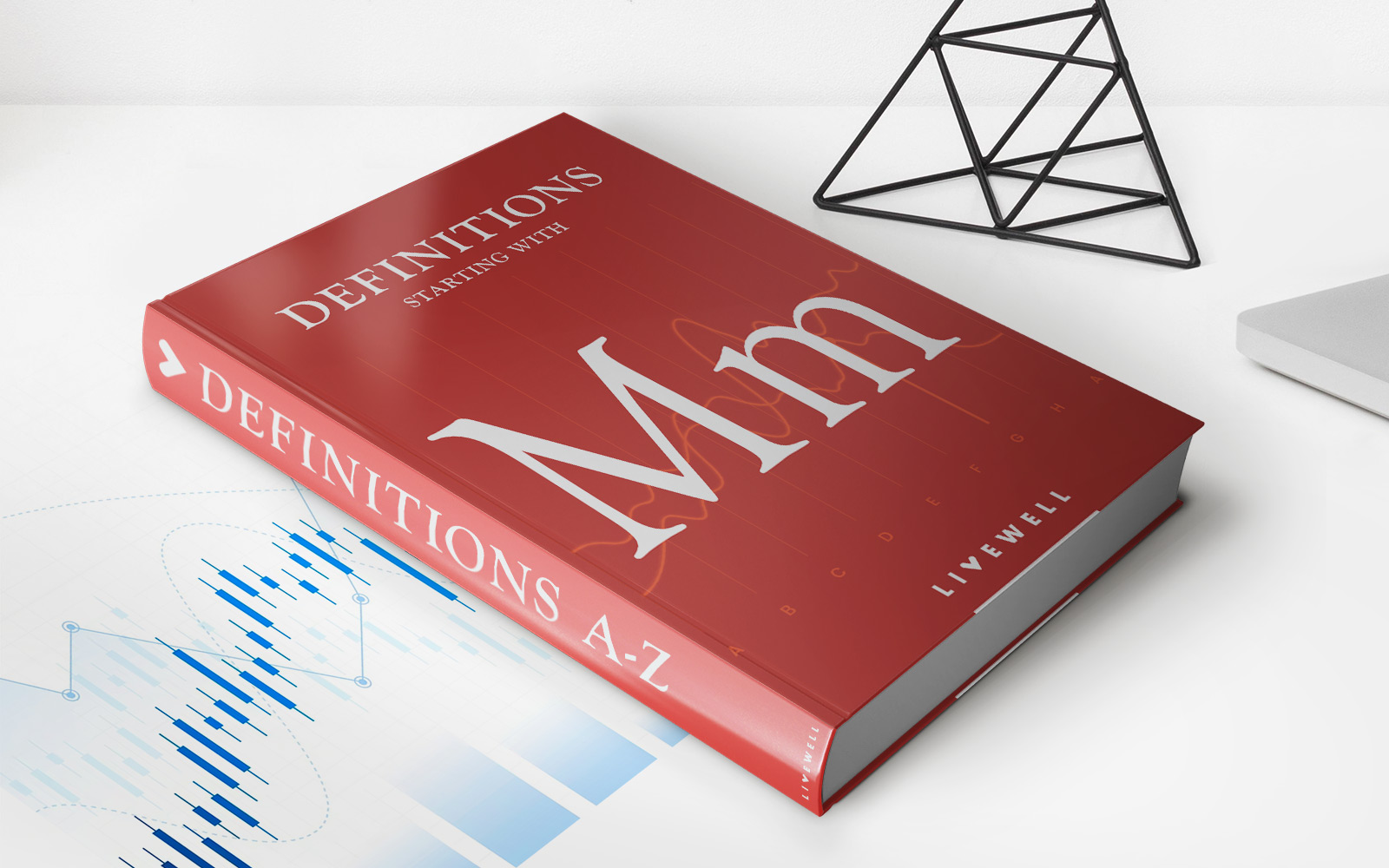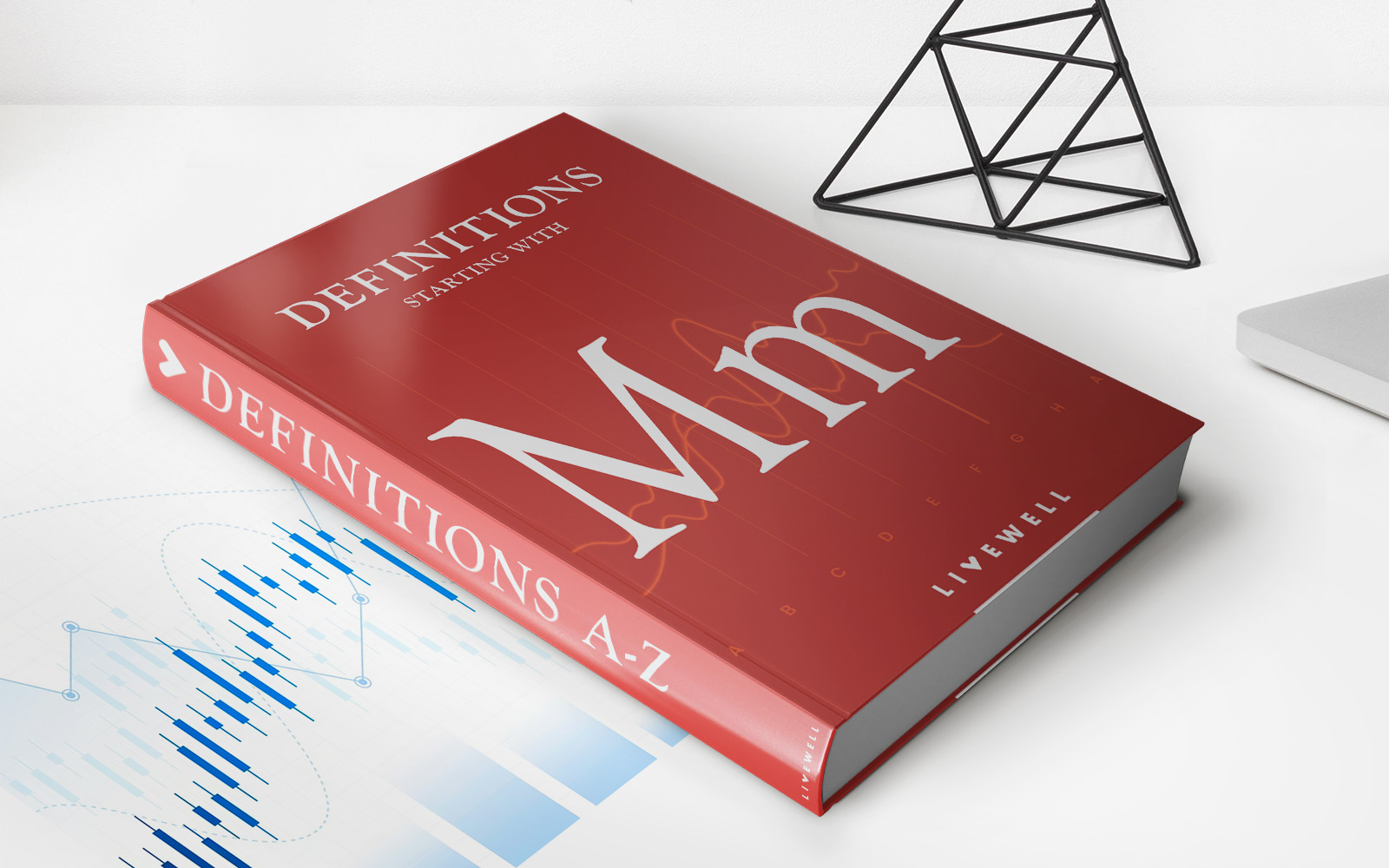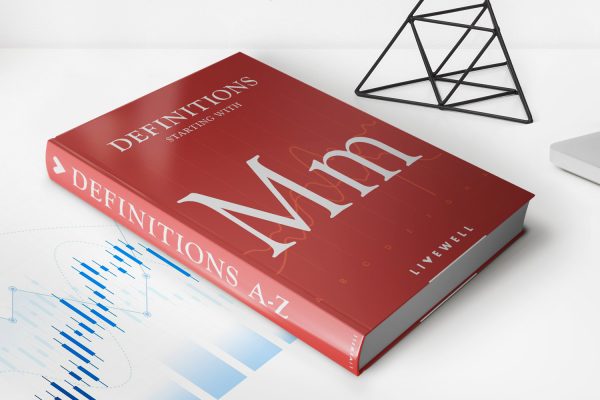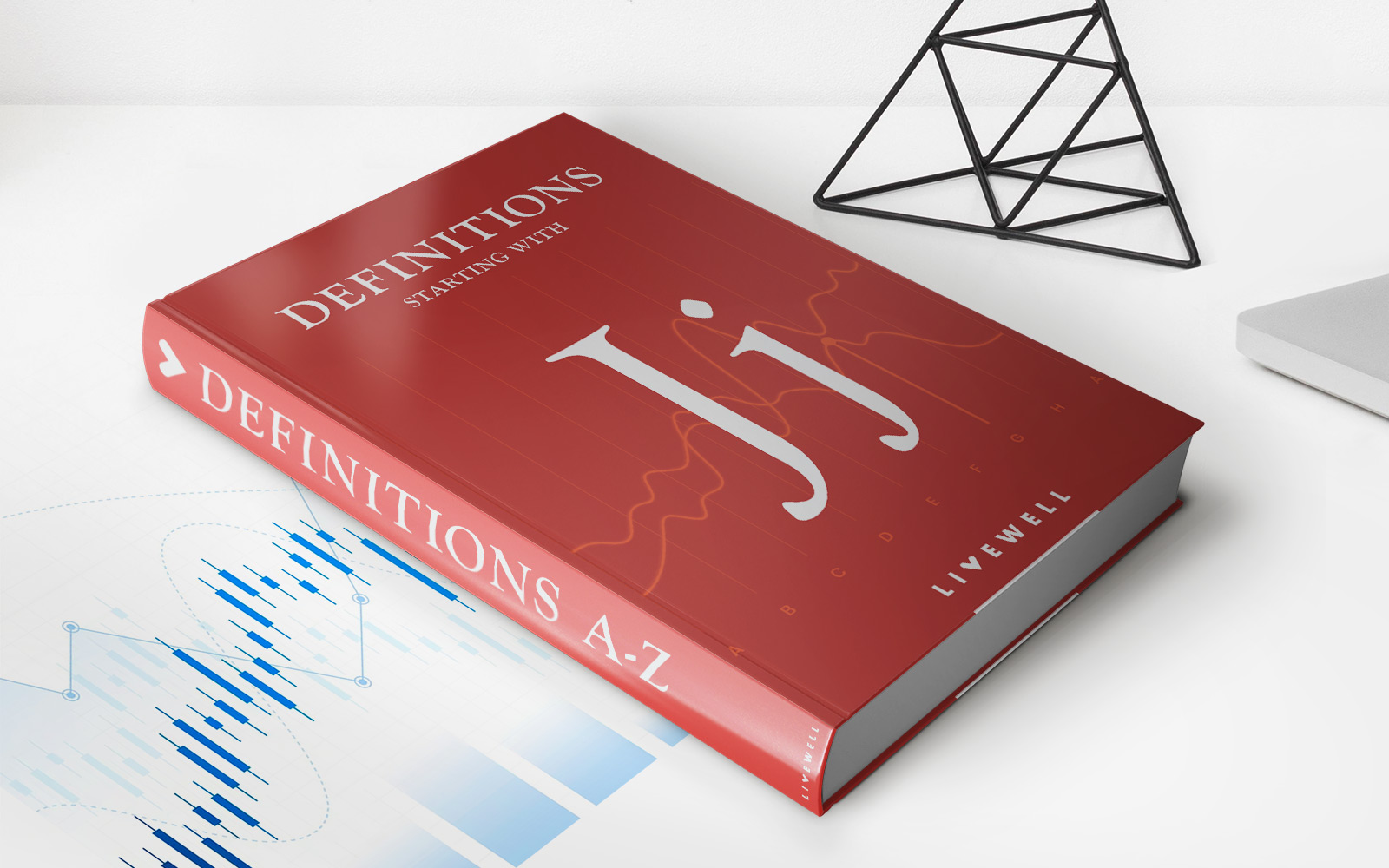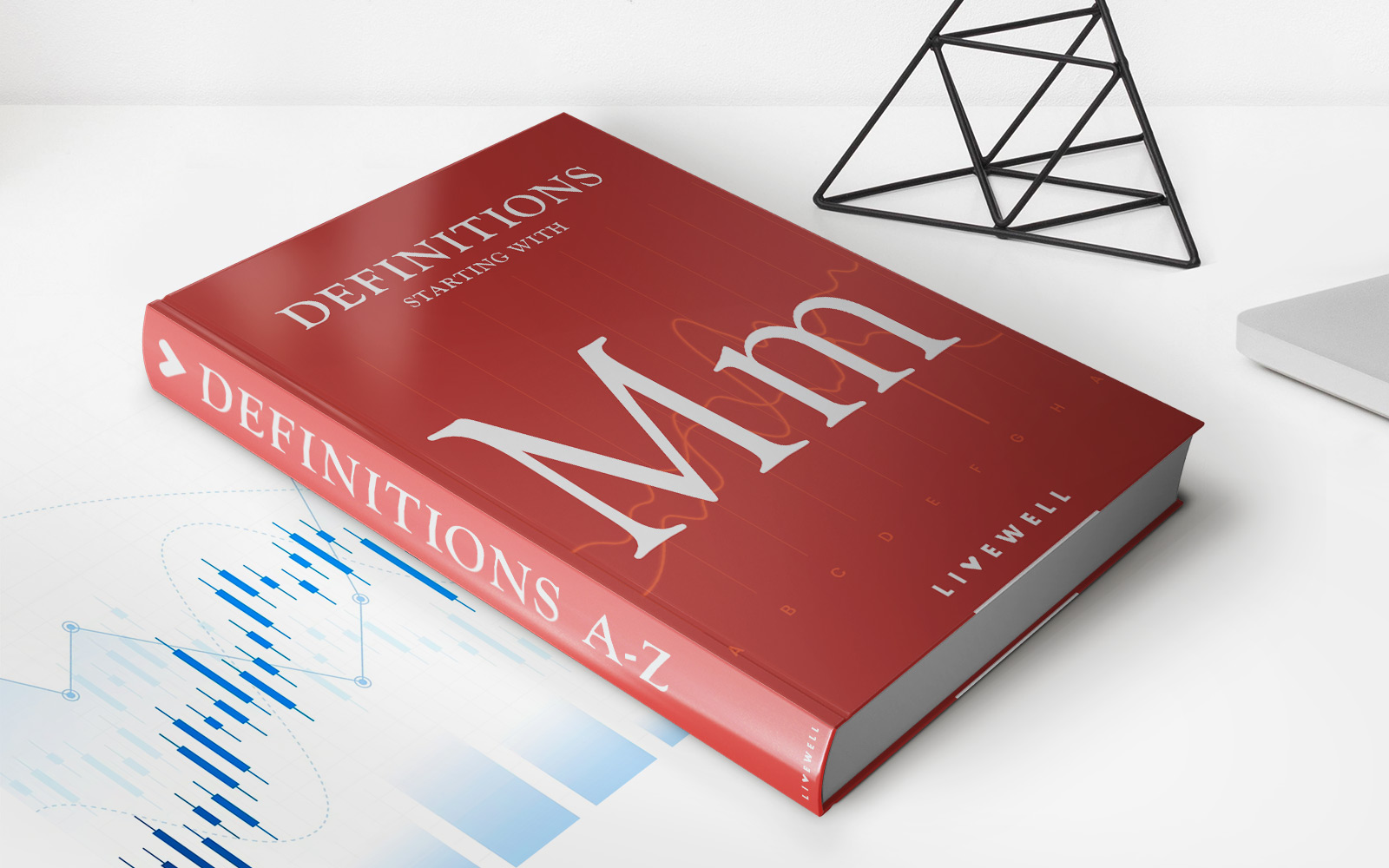

Finance
Mandatory Distribution Definition
Published: December 22, 2023
Learn the definition of mandatory distribution in finance and how it impacts your investment portfolio. Discover its importance in retirement planning.
(Many of the links in this article redirect to a specific reviewed product. Your purchase of these products through affiliate links helps to generate commission for LiveWell, at no extra cost. Learn more)
Understanding Mandatory Distribution Definition: A Guide to Financial Security
When it comes to managing your finances, it’s crucial to have a solid understanding of the various terms and concepts that are involved. One such term that you may come across is “mandatory distribution.” But what exactly does this term mean, and how does it impact your financial well-being? In this blog post, we’ll delve into the mandatory distribution definition, its significance, and why you should pay attention to it.
Key Takeaways:
- Mandatory distributions refer to the required minimum withdrawals from certain retirement accounts, such as Traditional IRAs and 401(k) plans, once you reach a certain age.
- These distributions are subject to specific rules and regulations set by the Internal Revenue Service (IRS) to ensure that individuals don’t indefinitely defer paying taxes on their retirement savings.
So, what exactly is a mandatory distribution? Essentially, a mandatory distribution (also known as a required minimum distribution or RMD) is the minimum amount of money that you are required to withdraw from certain tax-advantaged retirement accounts each year. These accounts include Traditional IRAs, 401(k) plans, and other similar retirement savings vehicles.
But why is there a mandatory distribution requirement in the first place? The primary reason is to ensure that individuals don’t indefinitely defer paying taxes on their retirement savings. By requiring a minimum distribution, the government can collect tax revenue from these accounts.
Here are a few important points to consider when it comes to understanding mandatory distribution:
- The mandatory distribution age: The age at which you must start taking minimum distributions depends on the type of retirement account. For Traditional IRAs and most employer-sponsored retirement plans, the mandatory distribution age is 72. However, if you turned 70 ½ before January 1, 2020, you are subject to a distribution requirement starting at age 70 ½.
- Calculating the mandatory distribution: The amount you are required to withdraw as a mandatory distribution is determined by various factors, including your age, the value of your retirement account, and life expectancy. The IRS provides specific tables and formulas to help you calculate your mandatory distribution amount.
- Penalties for non-compliance: Failing to take your mandatory distribution can result in significant penalties. The IRS imposes a hefty tax penalty of 50% of the amount that should have been withdrawn but was not.
Now that you have a better understanding of the mandatory distribution definition, it’s important to make the necessary arrangements to fulfill this requirement when the time comes. Failure to comply with the mandatory distribution rules can have serious consequences and may jeopardize your financial security in retirement.
To ensure you comply with the rules, consider taking the following steps:
- Consult with a financial advisor: A professional financial advisor can help you understand the mandatory distribution requirements and assist you in calculating the appropriate amount.
- Set reminders: Stay proactive by setting reminders or alerts to ensure you don’t miss the deadlines for mandatory distributions.
- Stay informed: Keep yourself updated on any changes in the tax laws or regulations regarding mandatory distributions to avoid any surprises.
In conclusion, understanding the mandatory distribution definition is crucial to safeguarding your financial future. By familiarizing yourself with this concept and taking the necessary steps to comply with the regulations, you can ensure a smooth transition into your golden years.
